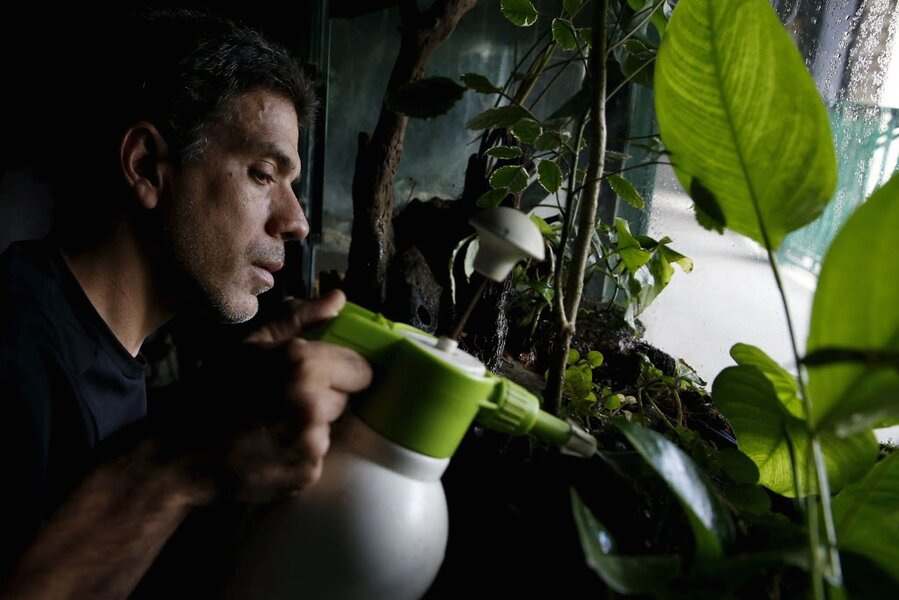How vanishing animals speed up climate change
Loading...
Scientists have found an unexpected link to climate change, and it has nothing to do with fossil fuels: degradation of large, fruit-eating animal populations might be accelerating climate change.
“Large birds and mammals provide almost all the seed dispersal services for large-seeded plants. Several large vertebrates are threatened by hunting, illegal trade and habitat loss. But the steep decline of the megafauna in overhunted tropical forest ecosystem can bring about large unforeseen impacts,” said Prof. Carlos Peres from University of East Anglia’s School of Environmental Studies.
The animals include monkeys, some large birds, and pig-like animals, and are crucial to maintaining a stable ecosystem by helping disperse seeds for large-seeded trees in high-density wooded forests. The disappearance of some of these larger animals would severely disrupt tree growth in rainforests, and increase the world's atmospheric carbon dioxide levels.
“We show that the decline and extinction of large animals will over time induce a decline in large hardwood trees. This in turn negatively affects the capacity of tropical forests to store carbon and therefore their potential to counter climate change,” Professor Peres added.
Carbon storage is one of the most valuable functions of forest ecosystems. According to the report, deforestation, logging, fragmentation, fire, and climate change have the largest effect on forests' ability to store carbon – but, according to the new research, there has been an “elusive and yet undetected decrease in carbon storage.”
Researchers from the University of East Anglia in Britain first experimented with a large sample of tree species, testing more than 2,000 tree plant species in the Brazilian rainforest and observing over 800 species of animals. Their intent was to study plant-animal interactions to determine how much carbon-storage capacity was lost when animals weren’t present.
The team discovered large animals are important players in distributing seeds of trees – not just by eating them, but also by planting the seeds of the trees into the soil through their stools.
Threatened fauna populations, like panda bears in rainforests, face major difficulties not just for their species, but also for maintaining the delicate carbon dioxide levels. High on the endangered species list are certain species of primates, toucans, and tapirs. Larger fauna are more at risk of having major climate change affects because they disperse large seeds; smaller animals like bats, birds, and marsupials contribute to the spread of smaller seeds.








